Occupational Health and Safety Services

Occupational Health and Safety Services
he idea of “first aid and CPR training” seems simple enough. When faced with a real-life medical emergency, however, responding and making split-second decisions in an attempt to save someone’s life may not seem so simple. Ensuring your team has members who are prepared and well-rehearsed in basic lifesaving skills can make a huge difference when faced with a sudden, stressful emergency. This can be even more important on remote job locations throughout Alaska, where help is often far away.
Most employers train their workers to administer cardiopulmonary resuscitation (CPR) Automated External Defibrillator (AED) use and first aid as a way to ensure a first level of immediate response to an illness or injury while waiting for professional first responders or rescuers to arrive. Whether ten people or 100 are working there, the location of a remote job site and contingency plan of a medical situation should be a top consideration when planning for remote work. For the employees who will actively be working on a remote job site, training programs will not only drill action steps needed to provide help in a CPR/AED/first aid situation—the programs will also cover the environmental awareness needed for the area in which help is given. This includes providing lifesaving skills in areas where wildlife and weather could pose added dangers, and extends to include teaching trainees how to respond without putting themselves in harm’s way.
When presented with an emergency medical situation, do your employees know how to process critical action steps at remote worksites? More importantly, have they rehearsed response measures often enough that it has become second nature? First aid training reviews how to evaluate the symptoms and nature of a person’s illness or injury, and offers action steps that can be taken until medical treatment is available. Even medical situations involving asthma attacks or allergic reactions to bee stings can become critical in a remote setting if not properly prepared for and managed. The first aid portion of a training program focuses on proper use of a first aid kit to ensure familiarity with its contents, which can save time during treatment of an illness or injury.
After first aid is covered, training programs review resuscitation skills. Mannequins and partner-practice can be used to simulate the hands-on experience in these critical skills, starting with CPR, simulating how to best sustain the brain and organs with oxygen support upon immediate confirmation that a person is not breathing. Coupled with use of an AED to help reestablish the heart’s effective rhythm, a victim has the highest chance of survival in an emergency. Many victims of sudden cardiac arrest appear healthy and may not know they have heart diseases or risk factors. Trainers provide emphasis on CPR and AED procedures and discuss real-life scenarios. Informational resources are provided during and after the program for employees’ continued reference.
Because every job site is unique in Alaska, many employers choose to work with specialized trainers to customize specific scenarios and prepare for unique environmental circumstances of their work sites. Trainers recommend the employees revisit training programs every year, while the lifesaving skills portion of training is recommended to be practiced periodically. Investing in CPR, AED and first aid training programs not only supports a safe working environment, but it also demonstrates that the company is willing to support growth in its employees.
Most training programs can be conducted from a training company’s facility as an open-enrollment style class. This helps accommodate the variability of onboarding new hires, makes it easier to align with the start date of new projects, and provides flexibility in class scheduling. Most trainers have the ability to host onsite training for large companies. Hands-on learning from these experienced trainers will provide the employees the confidence needed to handle medical emergencies effectively and in any type of remote setting when support can be, at times, hours away.
We all know safety extends well beyond an active job site. You don’t need to be a medical professional to help save a life. Are your employees proficient to provide a proactive response when the need arises?
Kristen Connors is a client relations manager with Beacon Occupational Health and Safety Services, providing navigational tools and resources for clients looking to better the overall health and occupational safety for their workforce.
